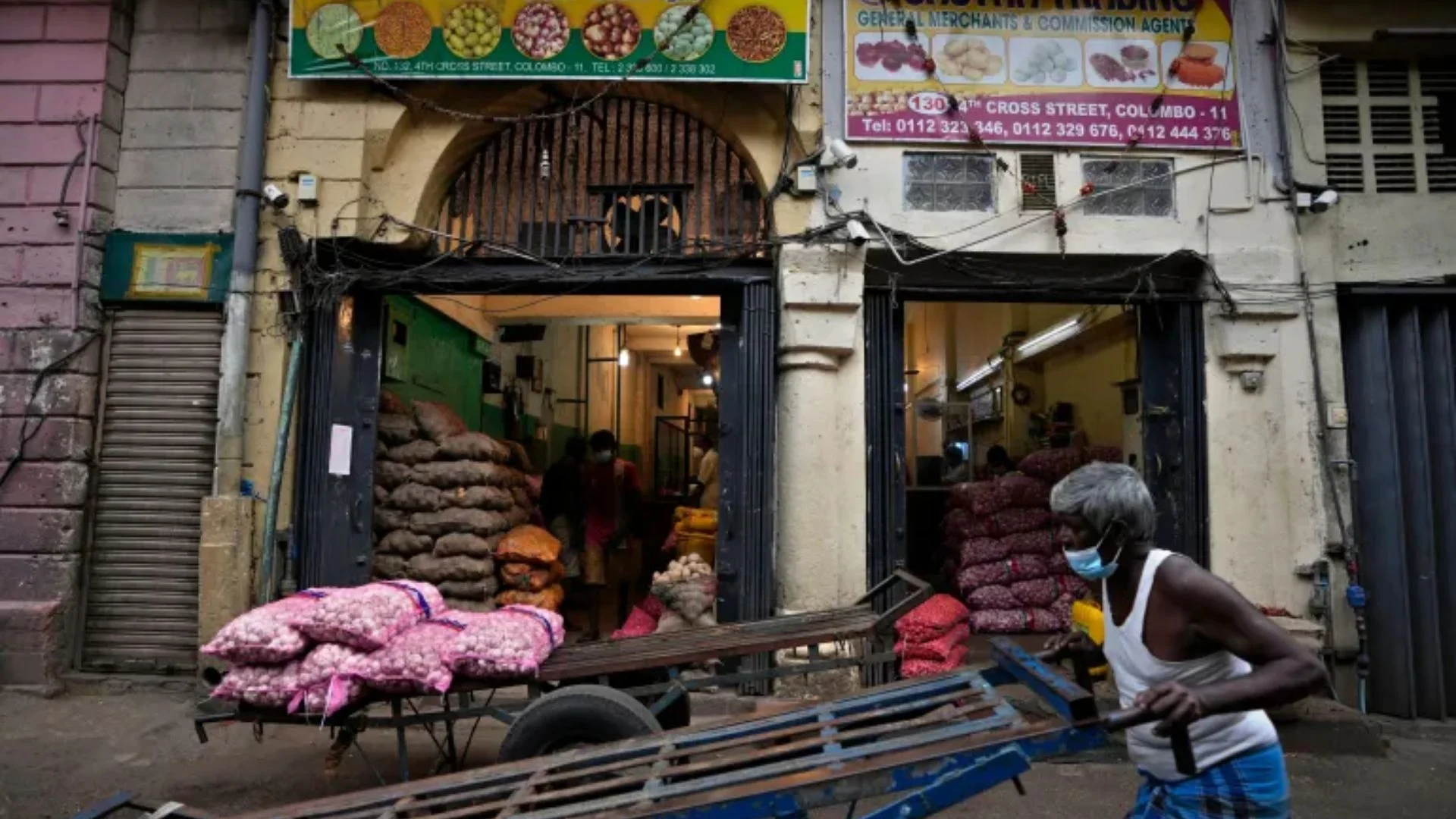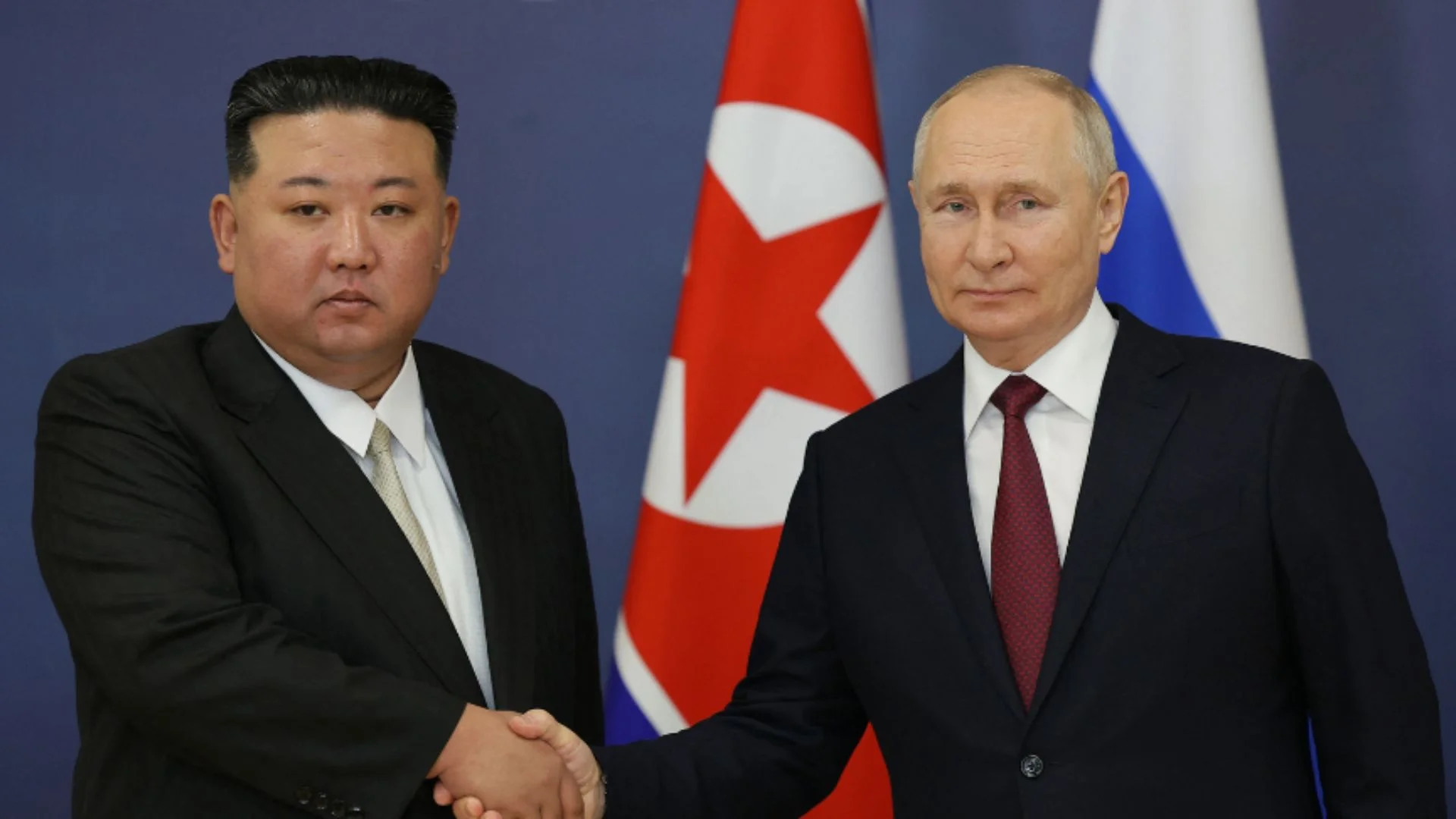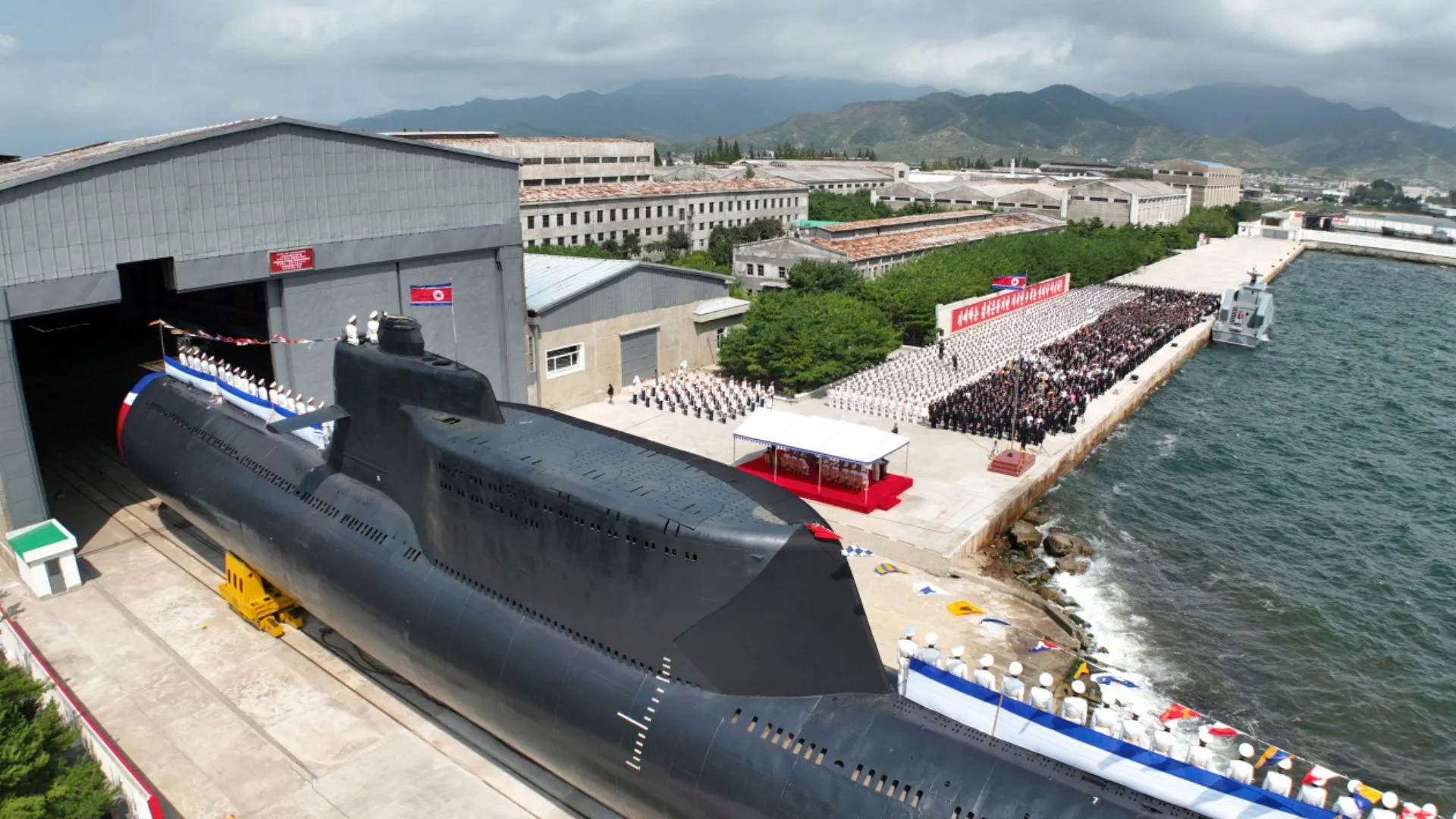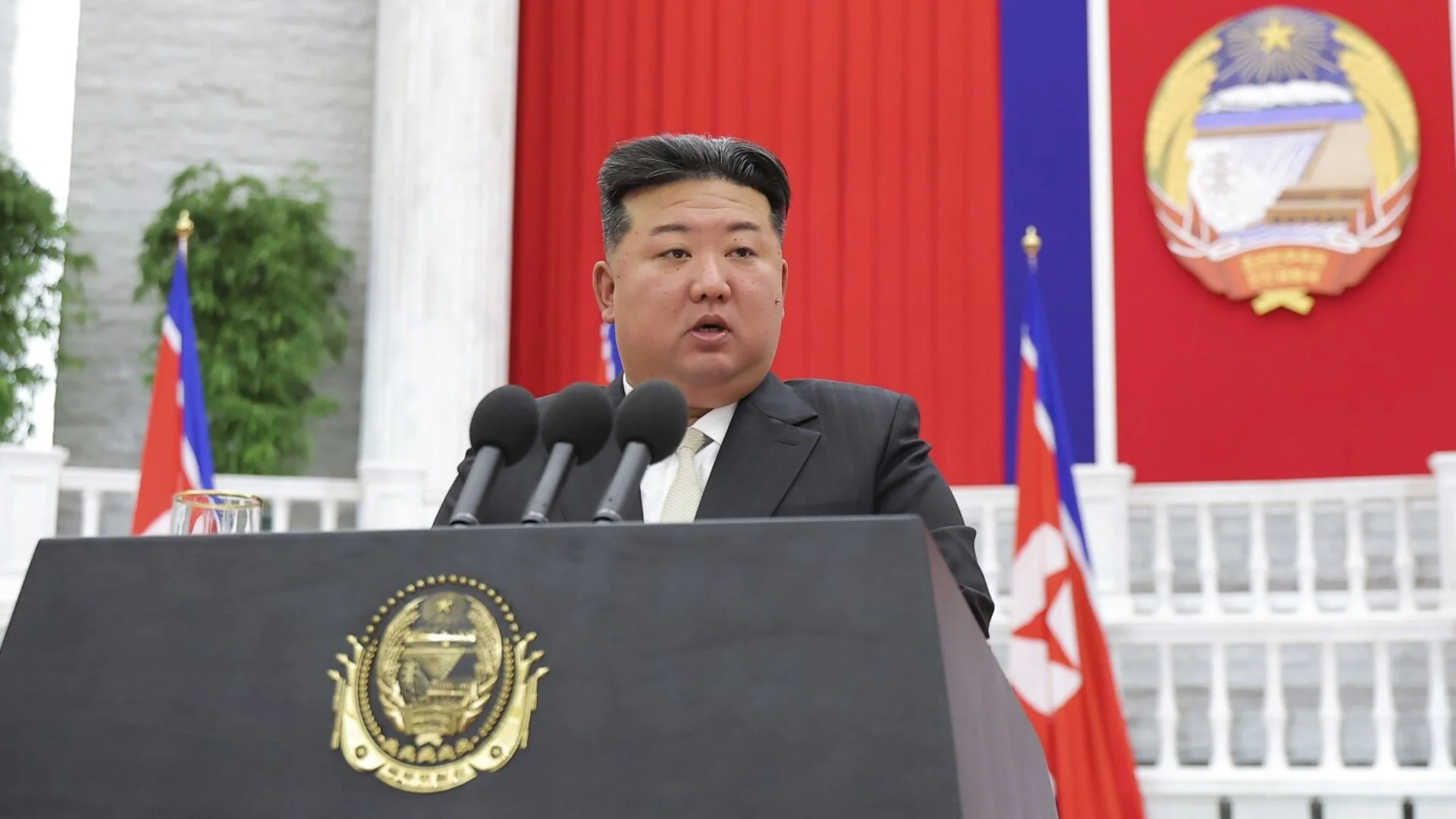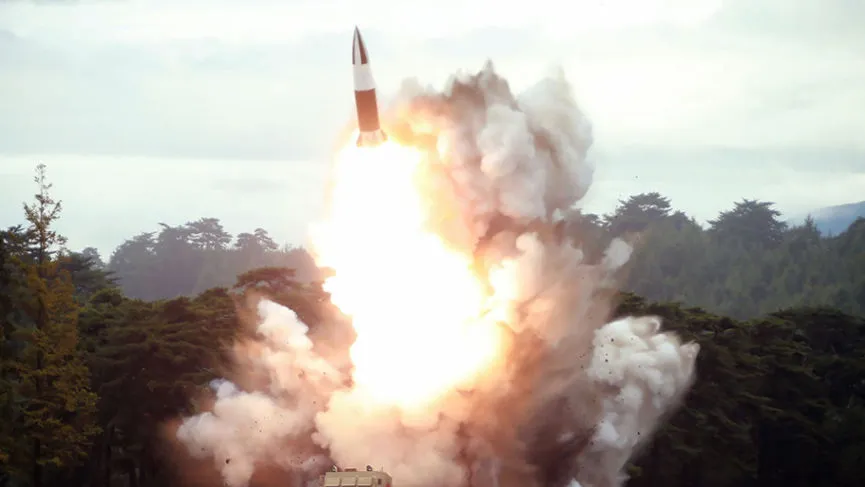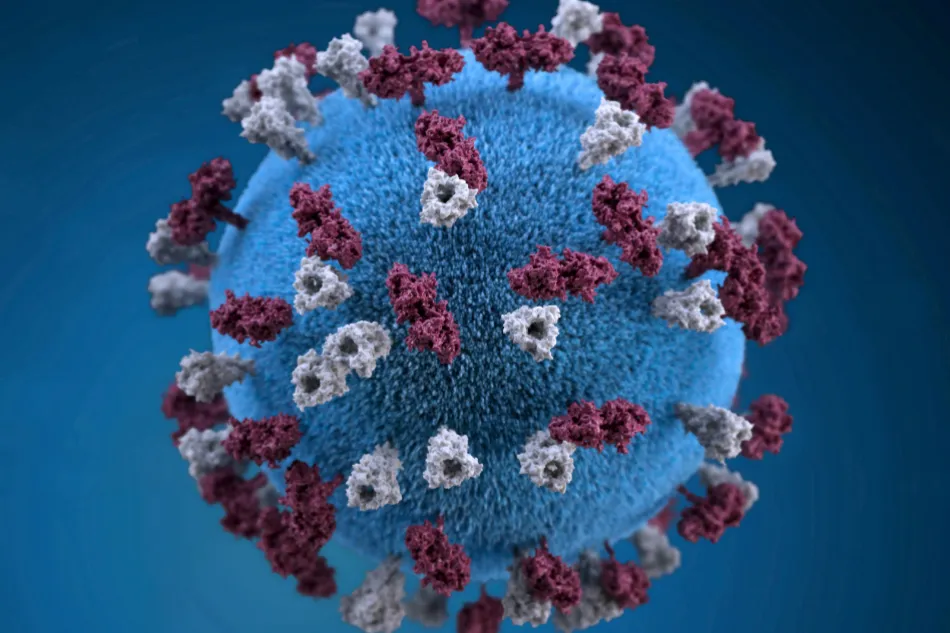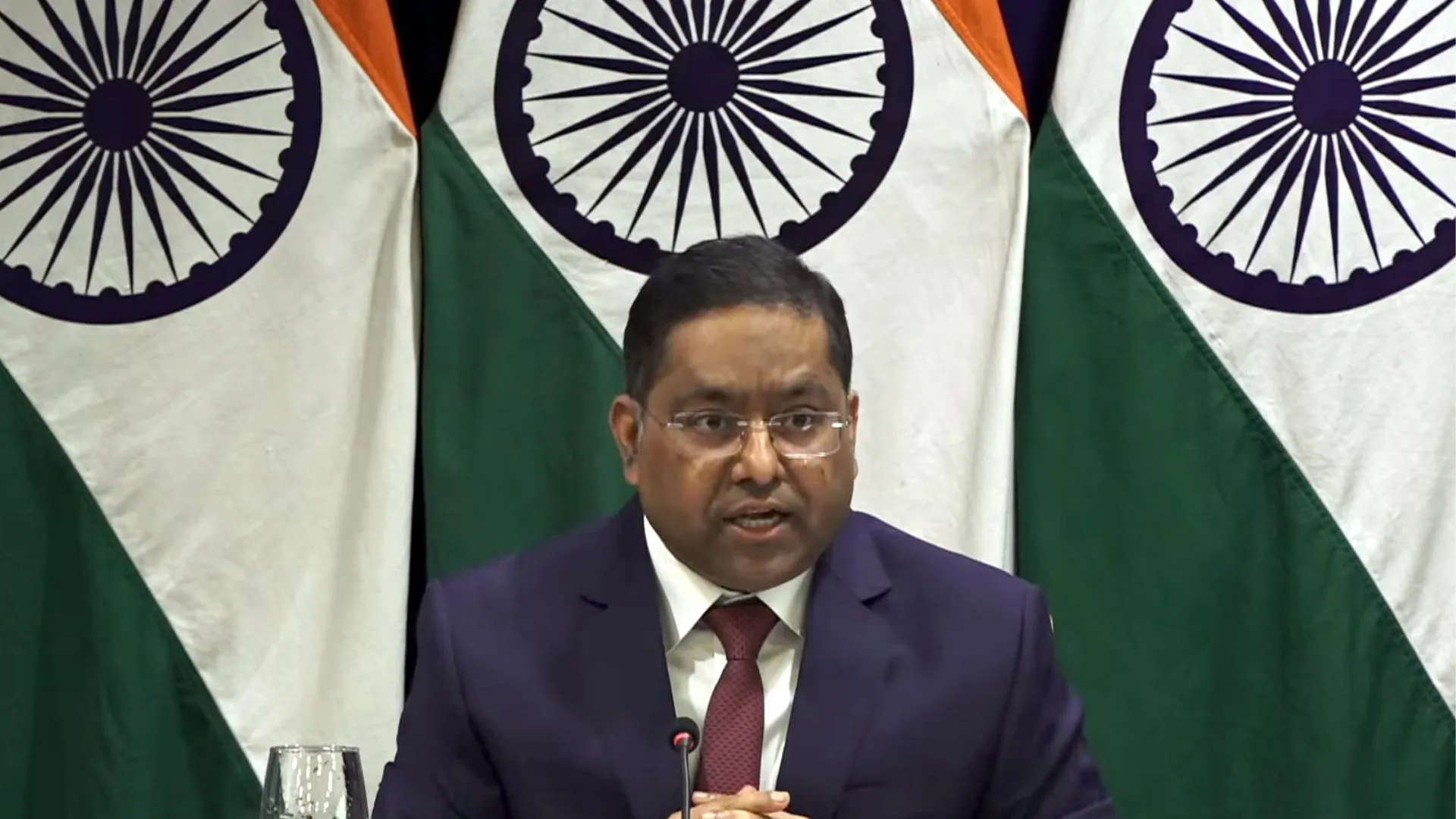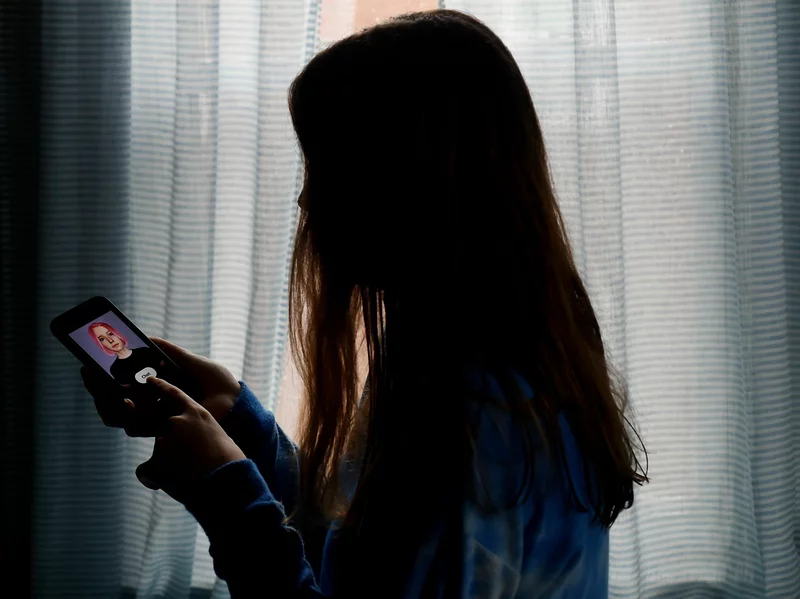Sri Lanka’s economy saw consumer prices fall for the first time in nearly three decades, with official data showing a deflation rate of 0.5% in September. The Department of Census and Statistics reported price drops across both food and non-food sectors, contributing to the decline, compared to a 0.5% inflation rate in August.
This marks the first instance of deflation in Sri Lanka since March 1995, when prices fell by 0.9%, and the second since 1985, when inflation reached negative 2.1%. The country’s inflation had previously peaked at 69.8% during an economic crisis two years ago.
That crisis led to severe shortages of essential goods such as food, fuel, and medicines, sparking widespread protests that ultimately forced then-president Gotabaya Rajapaksa to flee the country and resign in July 2022. His successor, Ranil Wickremesinghe, negotiated a $2.9 billion bailout from the International Monetary Fund (IMF) and implemented stringent tax hikes and price increases to stabilize the economy.
Although Wickremesinghe lost the presidential election this month, newly elected President Anura Kumara Dissanayake has pledged to uphold the IMF program, albeit with some adjustments to the austerity measures.

